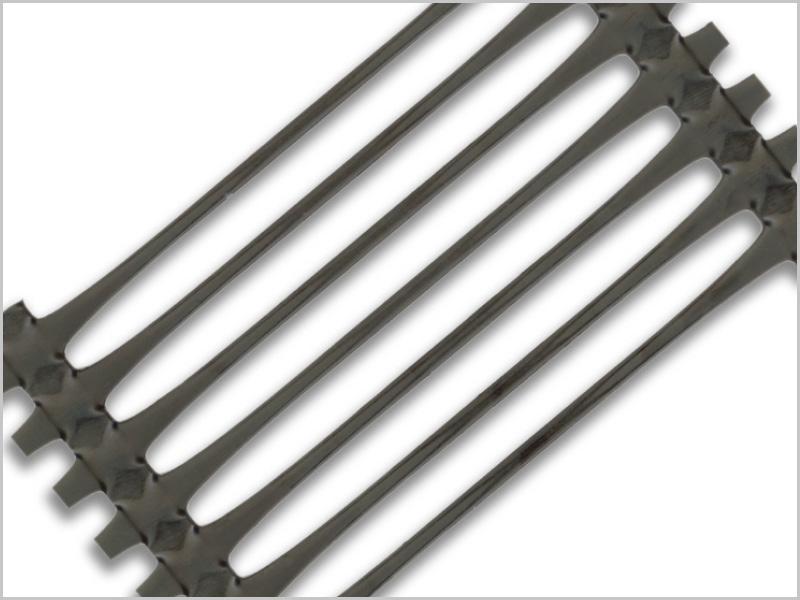
Featherbed Lane Bridge
A tight squeeze
Tensar's TensarTech TR2 reinforced soil wall system was the perfect temporary solution for constructing four piling platforms needed for a new rail overbridge, in-between the railway and neighbouring homes and gardens.
CLIENT’S CHALLENGE
Osborne Infrastructure needed to build four raised temporary working platforms in the middle of a housing estate, to enable installation of CFA piles for a replacement road bridge over the West Coast Mainline. The solution needed to minimise disruption to local residents and allow trains to run without delays.
TENSAR SOLUTION
Tensar’s TensarTech TR2 reinforced soil wall system delivered stable, low-cost retaining walls for the platforms, providing safe working areas for the foundation team, while being quick to build, without the need for crane lifts, foundations or specialist skills. The system was easily dismantled after each phase of piling, allowing the fill materials to be re-used for subsequent platforms and elsewhere on site.
PROJECT BACKGROUND
The narrow road bridge over the West Coast Mainline railway that served the Manor Estate in Hemel Hempstead had become unsuitable for increasing traffic levels, creating a bottleneck.
Osborne Infrastructure was awarded the design and build contract for a 35m long, 7m wide replacement bridge by Bovis Homes, that had to be built just metres away from homes and gardens. Ground conditions were challenging, with the site underlain by chalk that was known to have voids, so it was decided to found the new bridge abutments and associated retaining walls on 25m deep CFA piles.
Osborne and Tony Gee and Partners approached Tensar to assist with its temporary works design and to supply the materials for the four raised temporary piling platforms; one that would enable safe piling, being capable of supporting a bored piling rig with maximum bearing pressure of 249KPa over its track dimensions and a tracked crawler crane with maximum bearing pressure of 303KPa over its working track dimensions, without impacting the railway or local residents. The up to 4.2m high reinforced soil walls were set at 85°, to maximise the limited space between the tracks and homes.
Tensar proposed using its TensarTech TR2 system as a robust, low cost solution for the temporary reinforced soil walls. Steel mesh face panels, lined with a durable heavy-duty geotextile, were securely connected to uniaxial geogrids (via a highly effective bodkin connection joint), to reinforce the 6I/6J aggregate used in the platforms, which had a phi’ design of 41° . The design was satisfactory with in the Network Rail temporary works procedures.
An added benefit of using TensarTech TR2 was that no formwork was needed during construction, as the steel mesh face was braced internally and held in place by the geogrid and fill. This meant it could be installed and dismantled quickly and easily, without the need for foundations, specialist skills or equipment.
DOWNLOAD THE CASE STUDY


